
3 parts of shrimp that "accumulate t.oxins" - Many people eat them without knowing

Shrimp – Nutritious Food With Many Health Benefits
Although some parts of shrimp should be avoided, shrimp meat is still a valuable source of nutrients, providing many health benefits:
✔ Rich in protein to help regenerate cells, support muscles.
✔ Contains omega-3 to help protect the heart, reduce inflammation, prevent atherosclerosis.
✔ Provides iodine and selenium to support thyroid function.
✔ Supplements zinc and vitamin E, helps strengthen immunity, support skin and anti-aging.
Nutritional facts for 10 cooked shrimp (medium size):
Calories: 45.5 kcal
Fat: 0.65g
Carbohydrates: 0.58g
Protein: 8.7g
Selenium: 18.9mcg (34% daily requirement)
Vitamin B12: 0.43mcg (18% daily requirement)
Zinc: 0.62mg (5.6% daily requirement)
Vitamin E: 0.84mg (5.6% daily requirement)
👉 Tips: When eating shrimp, focus on the meat, prepare it properly and avoid potentially harmful parts to maximize the health benefits! 💪🦐
1. Shrimp shells – Not as calcium-rich as you think
Many people believe that shrimp shells contain a lot of calcium, so they try to eat the shell to strengthen their bones. However, the truth is that calcium is mainly found in the shrimp meat, while the shrimp shell contains very little or almost none.
The main component of shrimp shells is chitin, a polymer that helps form the hard shell of crustaceans.
Chitin is not easy to digest, eating too much can cause indigestion and bloating, especially for young children or people with poor digestive systems.
👉 Advice: You should eat the shrimp meat instead of the shell to absorb calcium and nutrients more effectively.
2. Shrimp Head – Accumulation of Heavy Metals
The head of the shrimp is where the digestive organs are located and accumulates many heavy metals such as arsenic and cadmium, which can be harmful to health if eaten regularly.
Arsenic is highly toxic, especially dangerous for pregnant women, and can increase the risk of birth defects or miscarriage.
Cadmium in the shrimp head can affect the liver and kidneys if consumed in excess.
When buying shrimp, if the shrimp head is black or has an unusual color change, the shrimp may be contaminated with toxins, bacteria or parasites.
👉 Advice: When processing shrimp, remove the head to ensure food safety.
3. Black line on the back of the shrimp - Shrimp digestive system
The black line on the back of the shrimp is actually the intestine, which contains undigested food and may contain bacteria, sand, and mud.
If not cleaned before processing, eating this line can cause stomachache, diarrhea, and even food poisoning in some cases.
Especially for children or people with weak digestive systems, bacteria in the shrimp's intestines can cause digestive disorders.
👉 Advice: Remove the black line before processing to ensure food hygiene and safety.
News in the same category


Crying for No Reason: 8 Possible Causes & How to Cope

Why do hotels always have a cloth across the bed?
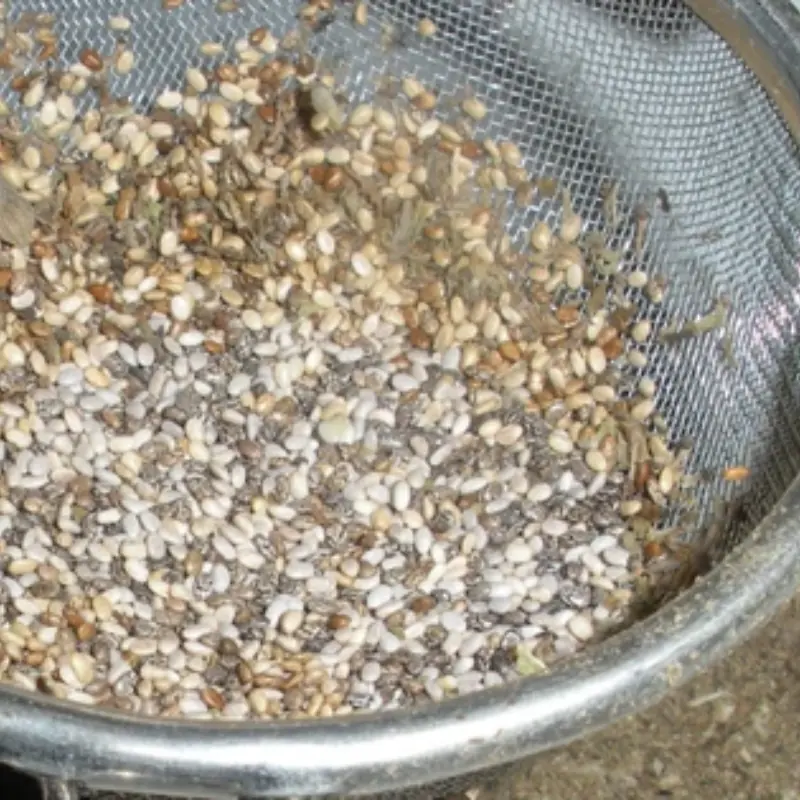
A Tiny Seed with Mighty Benefits

Don't put ginger, garlic, and chili in the refrigerator: Store them this way to keep them

The non-stick coating of the rice cooker has peeled off after long use. Is it harmful to use it?

"Why I Only Charge My iPhone to 80% Instead of Fully Charging" – Everyone's Got It Wrong; Fully Charging Isn’t Always Best
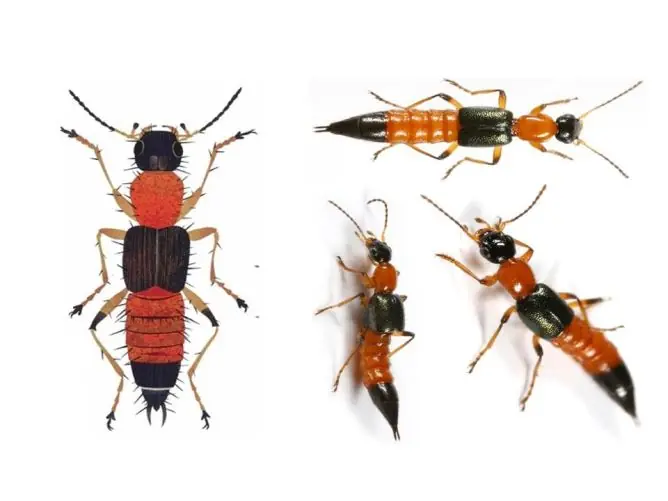
The insect, the size of a grain of rice, is 12 to 15 times more toxic than cobra venom
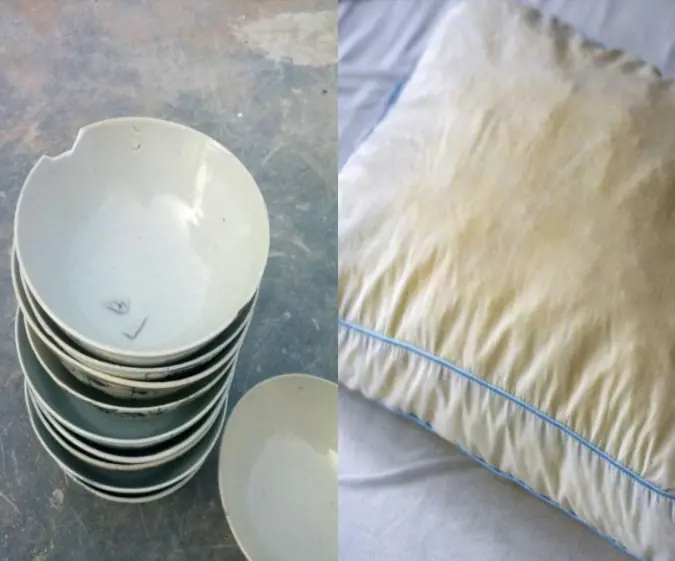
Don't keep these 4 things
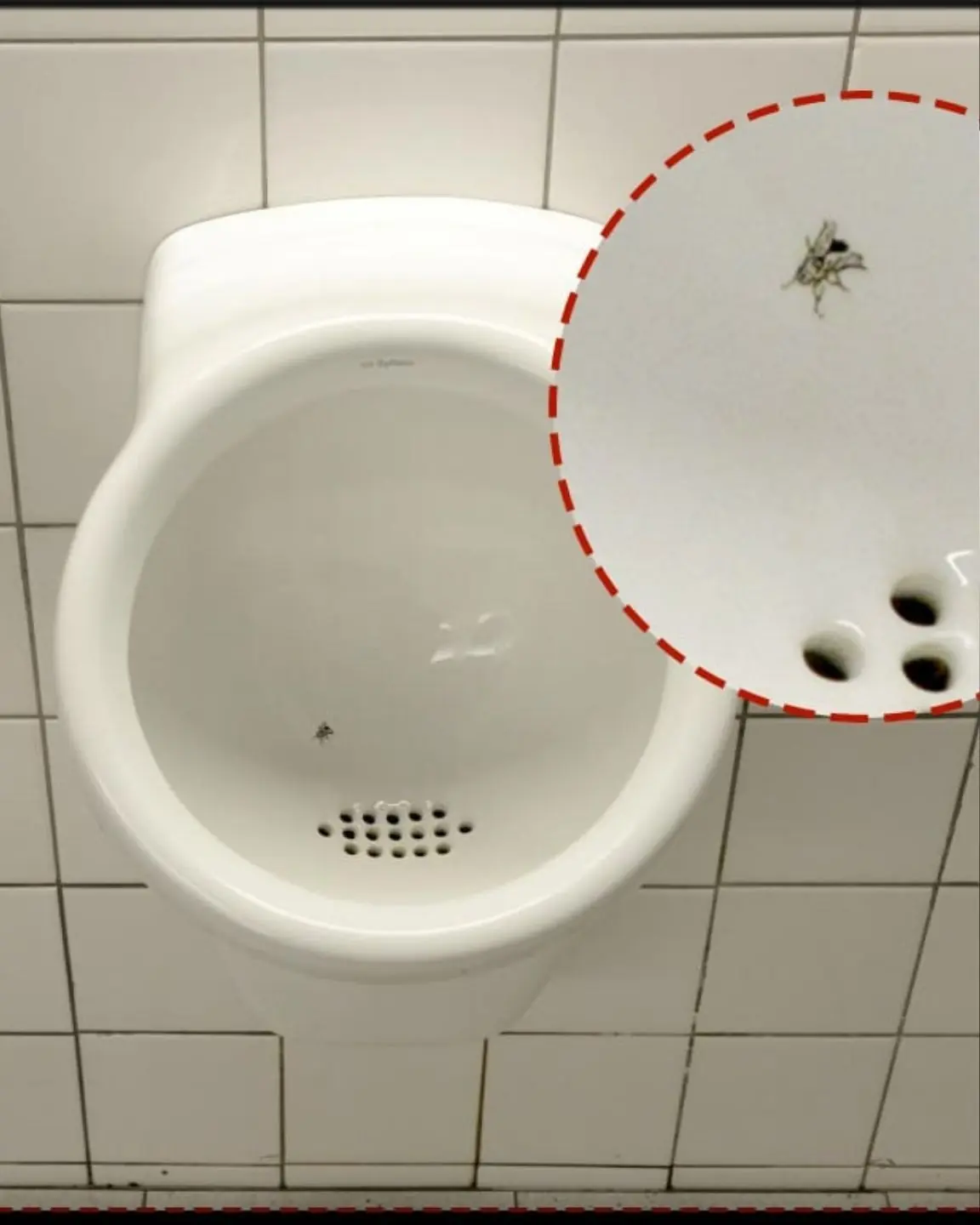
Why are there fly designs painted on toilets at Amsterdam airports?
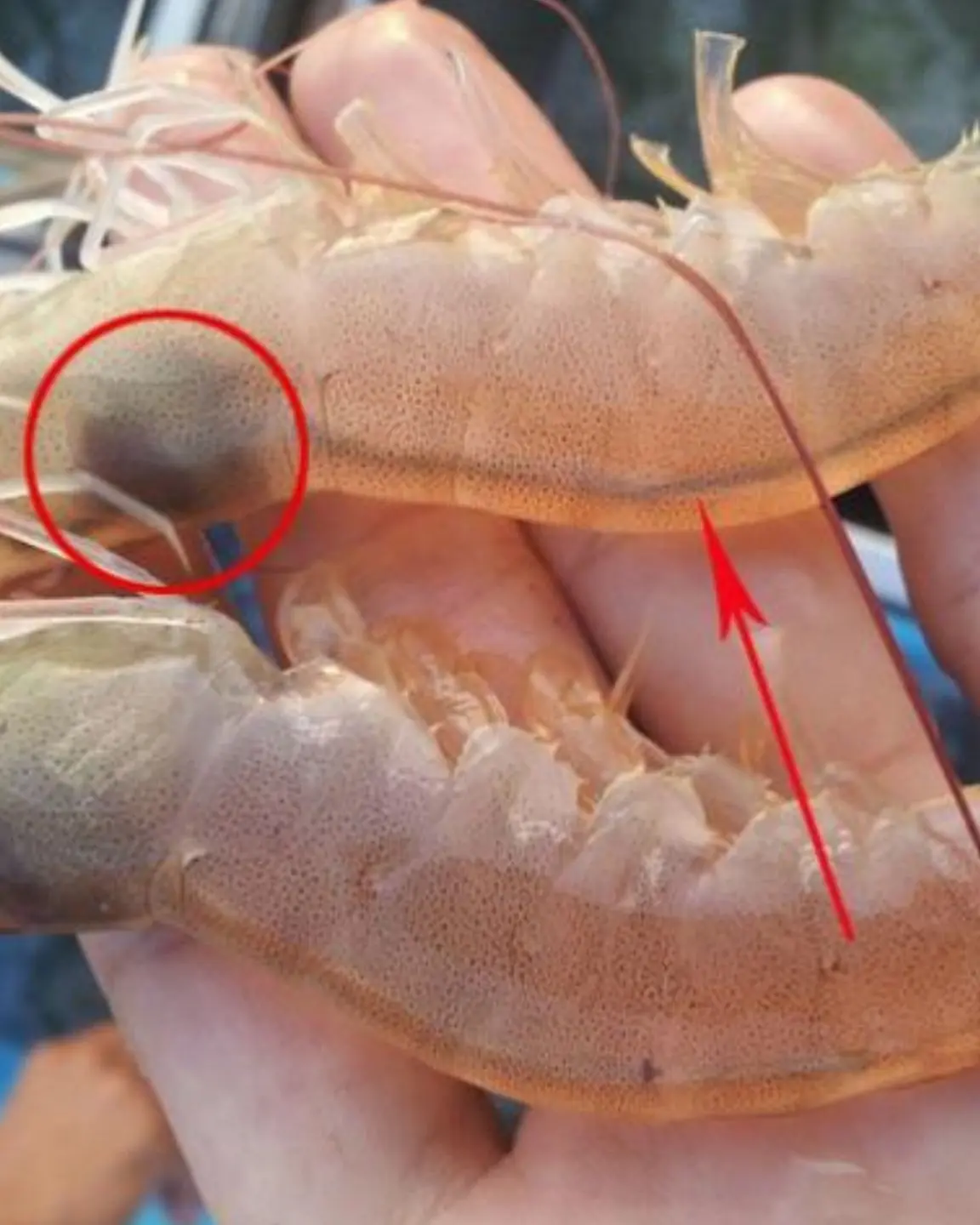
Does the black part on the shrimp's head contain roe or feces? Experts explain the con.tro.versy

What Does a Forehead Kiss Mean? 10+ Reasons Behind This Personal Peck
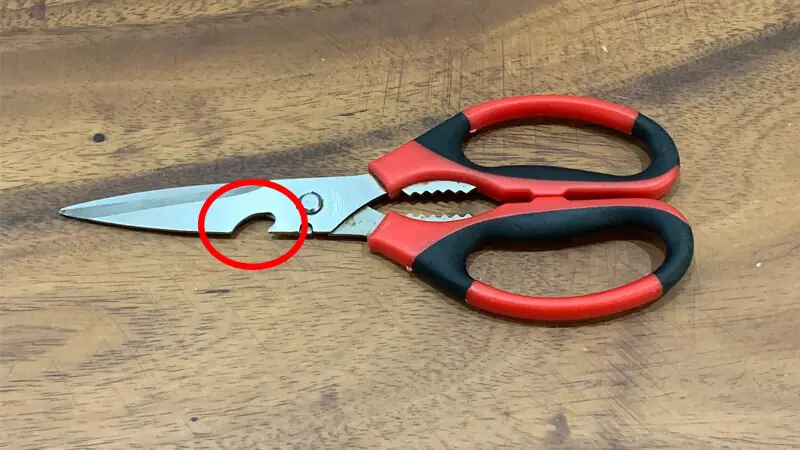
The Purpose of the Notch on Scissors: Many Homemakers Don’t Know How to Use It—What a Shame!

The photo that made millions of people cry about the profession considered the di.rtiest in the world
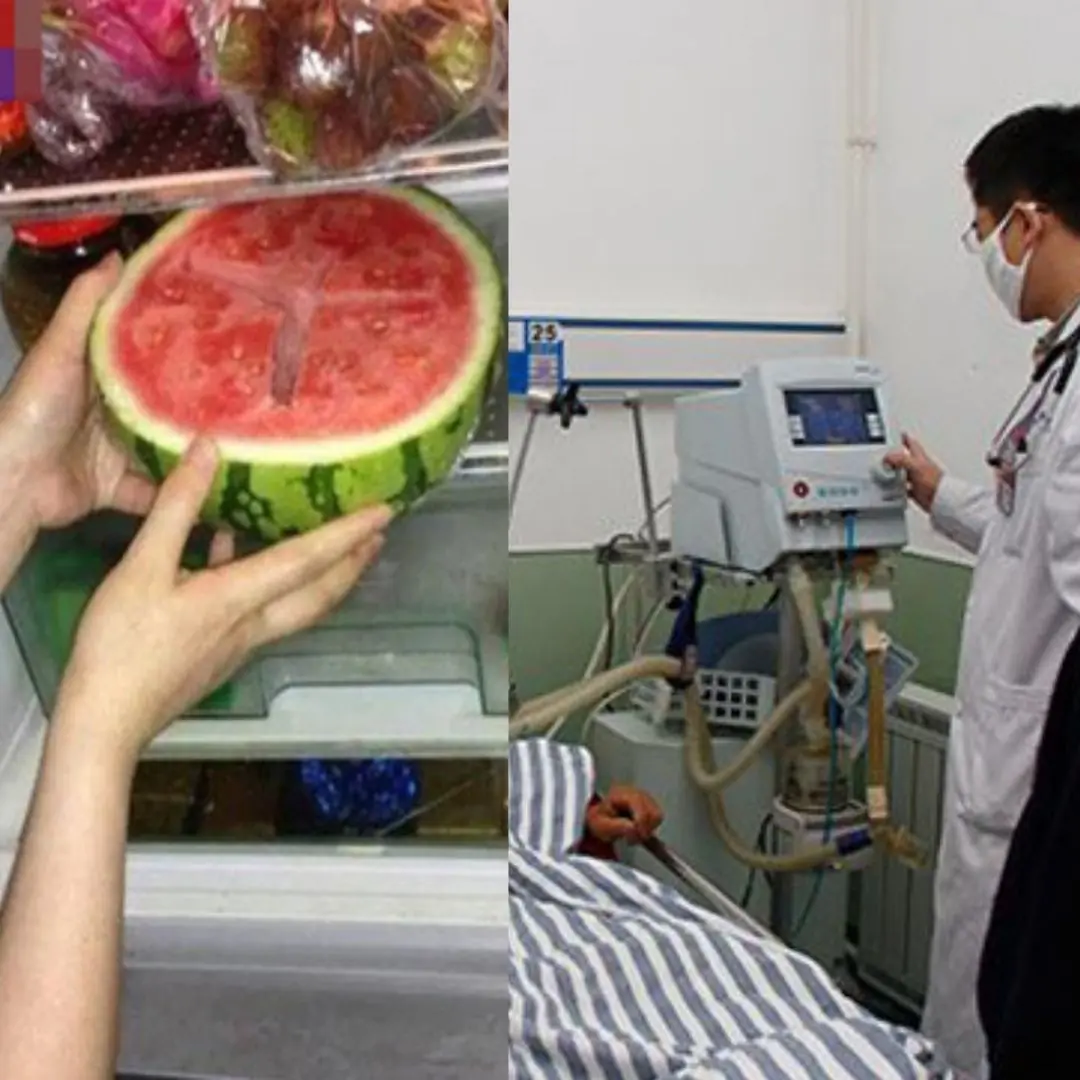
Whole family hospitalized after eating watermelon left overnight in the refrigerator: Mistakes in preserving watermelon that many people make
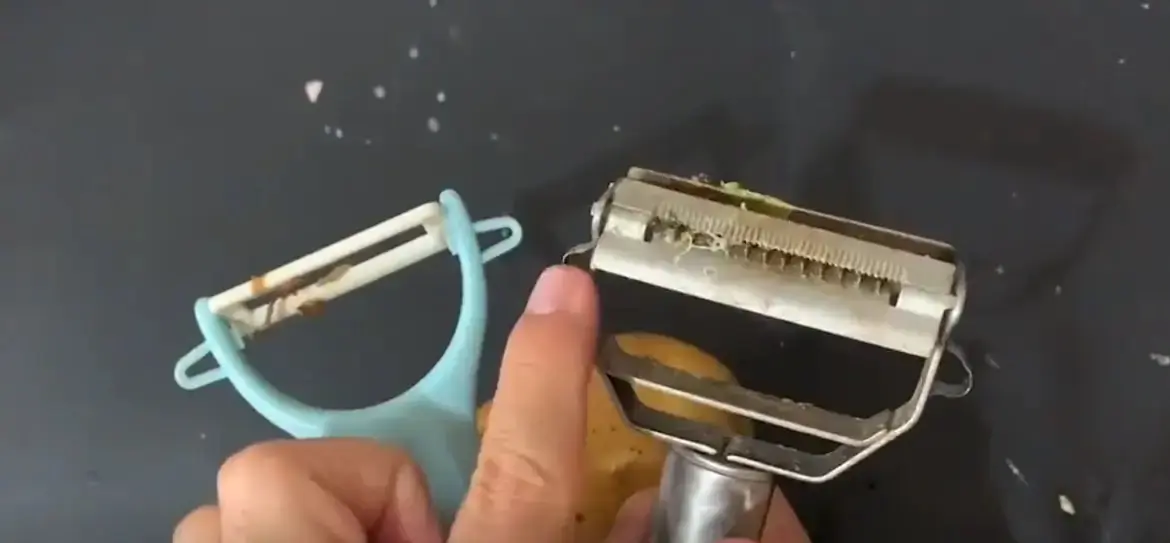
The "Secret" of the Small Hole on a Vegetable Peeler That Made Me Realize My EQ Has Been at Rock Bottom for 10 Years!

Aftershocks: How Dang.erous Is the “Ghost” After an Earthquake and What You Need to Do to Protect Yourself

Never keep these 4 relics

From the earthquake in Myanmar, what do experts warn about high-rise buildings?
News Post

There Are 7 Items in Your Home That Never Expire

Using This After Drinking Al.c.o.h.ol Doubles Liver Damage and May Lead to Early Cirrhosis

When the Liver Is Unhealthy, the Body May Show '3 Yellows and 1 Red'

🧄 ALL THE DIRT COMES OUT OF THE BODY.

A Fish Called the "Ginseng of the Sea": Cheaper Than Meat, More Nutritious Than Bird’s Nest – Often Overlooked

The Photo That Took the Internet by Storm: Can You Spot the Special Detail?

Overlooking These Signs, Young People Increase Their Risk of Stro.ke

10 Surprising Benefits & Uses of Cloves – A Powerful Natural Remedy

10 Cancer-Linked Foods You Should Never Put in Your Mouth Again

Rosemary Lemon Grilled Chicken

Eat boiled green bananas every day - Unexpected health benefits

Pumpkin is really good, but for these 5 groups of people, it is a "double-edg.ed s.word" for health and should be limited

A new can.cer vaccine trains the immune system to recognize and attack tumor cells

5 types of poisonous meat and fish that are so terrible that sellers don't dare eat a piece
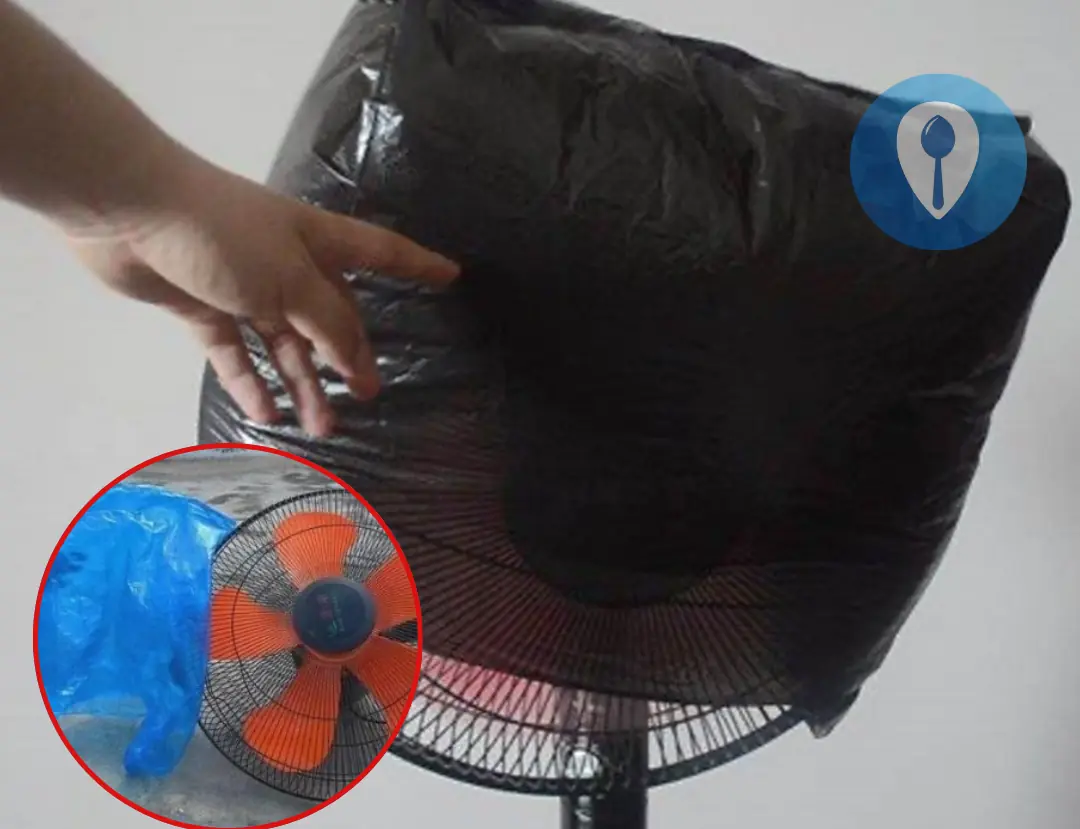
If the electric fan is dirty, don't rush to disassemble it.

Natural Treatment for Diabetes, Stomach Issues, and High Blood Pressure

What are the benefits of drinking lemon water?

Eliminate Nail Fungus Naturally
